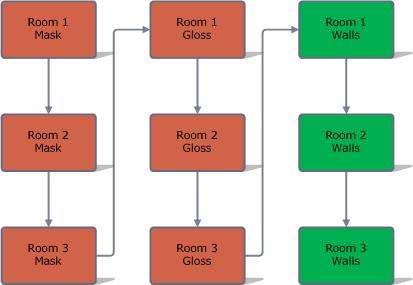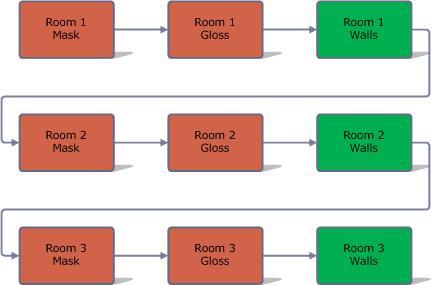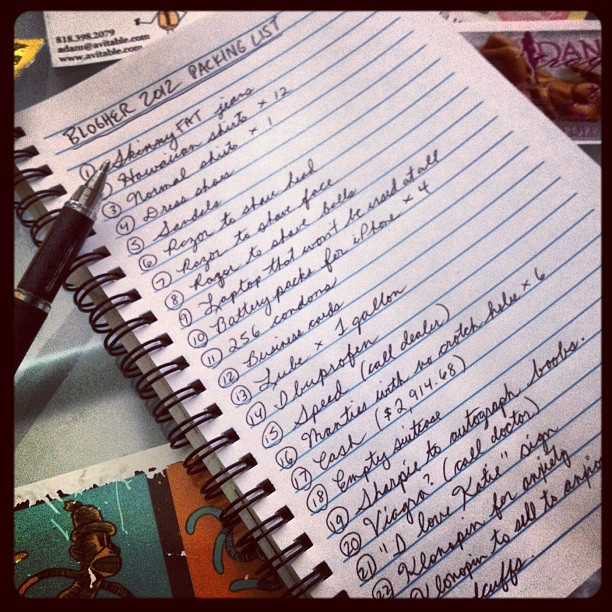There are plenty of articles out there on how batch processing can increase your productivity 10 fold. Darren Rowse over at ProBlogger has covered it, Michael Hyatt has covered it. Everybody tells you how batch processing is THE way to handle your tasks. This isn’t always the case though.
 Krispy Kreme Portsmouth by Julia Manzerova
Krispy Kreme Portsmouth by Julia Manzerova
Please don’t get me wrong. I’m not about to say that batch processing is bad. In fact its not. It’s a very good tool to use. Its just not ALWAYS the best tool to use to get the job done efficiently.
What Is Batch Processing
Also known as Batching. Basically, batching is the grouping of tasks of a similar nature together. For instance, say you were decorating your house and you needed to paint 5 rooms. You may go round and mask off all the rooms first, then do the undercoat on the woodwork, then do a coat of emulsion in them all, then do a coat of gloss in each of the 3 rooms and so on. This is batch processing.
The theory is that it increases your focus by removing distraction – once you get into the rhythm of masking off rooms, then you work more effectively at that task.
Why Batch Processing Isn’t Always Good
Batch processing sounds good, right? Well, yes it is, in some situations. However, take the above example. All 3 rooms are out of action until you have masked all 3 rooms, under-coated all 3 rooms and so on, until you have got that final coat of paint and tidied up in the first room. Lets look at that in a diagram.
Lets say, hypothetically, that it takes an hour to do each task. And lets simplify the say that the following tasks need to be done:
- Mask off paintwork
- Paint gloss work
- paint walls
In the above diagram, all the masking is done first, then all the gloss and then all the walls are painted. If it takes an hour to do each task, then it will be 7 hours before any of the rooms are ready to be used.
Alternatively, by not batching each of the jobs:
In this instance, the first room will be done and ready to be used after just 3 hours.
Whether to Batch Process
Now, it could be argued that with the above example, that the overall time taken to do all 3 rooms would be less, because each task has taken less than 1 hour due to the benefits of batching. That is something you need to take into account when deciding whether to batch process or not.
Any repeatable task can be batched. However, before doing so, weigh up the pros and cons and look at the big picture. Some examples of when not to batch process are:
- You are starting a company selling widgets – by putting together one widget and selling it, your first money is coming in sooner. If you make 50 widgets by batch processing them, you will have to wait until all 50 are made before any money comes in. In this instance you may want to look at an optimum batch size.
- Somebody in another team is waiting on your work before they can start theirs. By completing one item of your work and passing it on, they can start their work while you are doing item number 2. In this instance, you are batching as part of the bigger picture, not just focussing on your part.
- Responding to emails – throughout the day, you respond to each email as and when it comes in. Instead, you could batch process your emails at the end of the day – that way, you are not getting distracted every 30 minutes by another email. This is an instance where batching is good.
I hope that this helps put batching into some sort of context. Why not provide some examples of batching and when you decided not to batch in the comments below.




